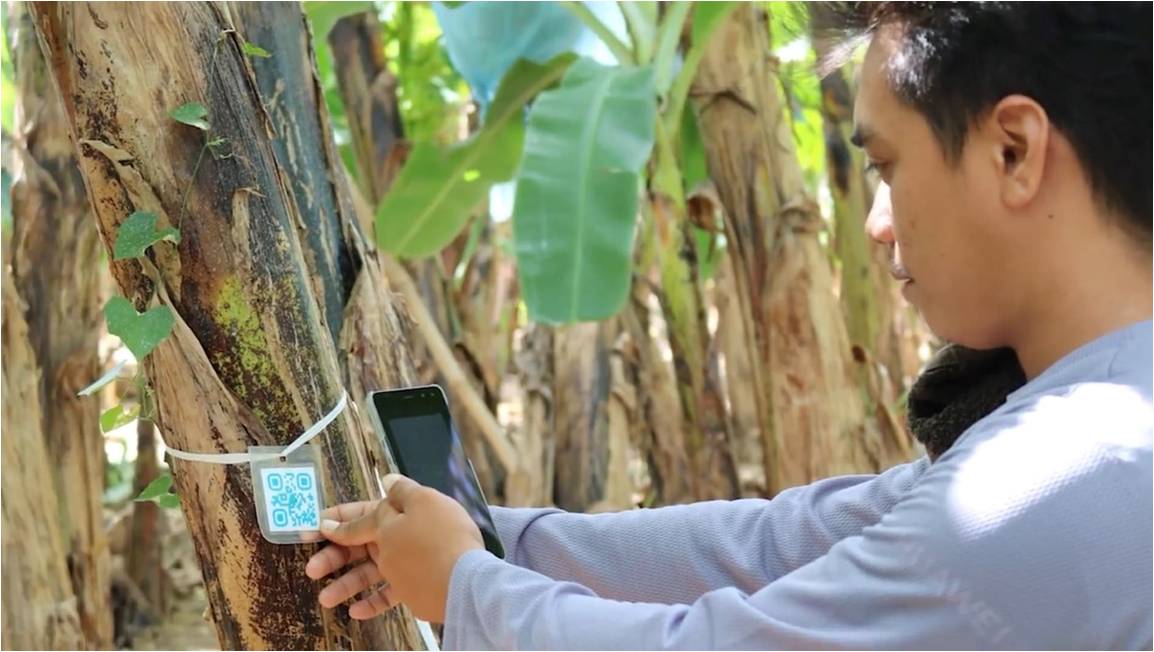DOST links university researchers to local industries

Members of various industry sectors and the academe shared their respective success and acquired benefits as a result of collaborating with one another in the recent episode of the DOST Report aired on 07 August 2020.
As beneficiaries of the Collaborative Research and Development to Leverage Philippine Economy (CRADLE) of the Department of Science and Technology (DOST), the private companies were able to address some of the existing challenges in their operations and services through the research and development (R&D) studies made by experts from the different universities in the country.
CRADLE, part of the Science for Change (S4C) program of the DOST, encourages synergistic relationship between the academe, research and development institutions and industry through collaborative R&D projects. Under the program, the private sector industries identify the problem or challenges in their operation and the Higher Education Institutions (HEI) and research and development institutions (RDI) will then undertake the R&D activities to solve the problem.
DOST Secretary Fortunato T. de la Peña said that the DOST primarily implemented the S4C program to ensure that the research projects of the different universities and research centers will be put into good use by various industries because of their practical application.
“We don't want to limit our researchers to merely publishing their works in universities; we also want some sectors to benefit from their works,” said de la Peña.
Aquafeeds for Lab-Lab
Aquaculture can be considered a multi-million-peso industry and plays an important role spurring economic development in the country. However, the cost of production that include aquafeeds, among others, have increased and has become a major concern for fish farmers.
In the Philippines, lab-lab was noted as one of the primary feeds used for milkfish production that has big potential for innovation.
Seeing this opportunity, the De La Salle University-Manila (DLSU-Manila) and Santeh Feeds Corporation implemented a project that developed the following: Lab-Lab Harvester Autonomous Mode, Lab-Lab Harvester Vision System, Drying and Preservation Machine.
According to Dr. Alvin B. Culaba, project leader of the Aquafeed Lab-Lab that was enrolled in the CRADLE program, researchers and scientists from DLSU-Manila developed a technology wherein lab-lab can be harvested every summer so it can be preserved and used during the rainy season, thus ensuring a steady supply of the feeds. He further said that lab-lab is a natural material that grows abundantly in watery areas, particularly during the summer season.
“With the use of Automated Lab-lab Harvester, the collection of lab-lab has been made quicker. During manual collection, it takes around 30 minutes and four (4) to five (5) people are needed to complete the collection of lab-lab but with the help of the newly-invented machine, the process only takes five minutes. “said Dr. Culaba.
He also mentioned that the dried lab-lab which is made into powder is being placed into the dryer to preserve lab-lab by minimizing the moisture content, resulting in an extended shelf life. With this technology, lab-lab becomes readily available even during off-season especially during the rainy season at lesser cost.
Dr. Culaba said that the CRADLE program of the DOST is ideal because private companies are given the chance to work with scientists and the universities with R&D capacity to do research, share knowledge, and develop technologies that will address the real problems of the industry.
“I agree with Doc Alvin (Culaba), though we are also making R&D initiatives in the industry, we admit that we have limited resources when it comes to the financial aspect and our skills are inadequate for these tasks.” said Patricia I. Rico, president of Santeh Feeds Corporation.
She said that this kind of arrangement, with the academe partnering with industry and government that provides the funds, is a huge help to innovate, to be more cost-efficient and improve the existing production process.
Surveillance System for Banana disease
In the field of crop management, banana disease is a major problem for growers as it takes a lot of time and resources to maintain the good quality of plants. The banana disease, if not controlled or eradicated, can cause big profit loss and increase in prices of the product in the market.
To address this problem, the University of Southeastern Philippines (USEP) and HIJO Resources Corporation, one of the many banana plantations in Mindanao, worked together to develop ROSANNA: Mobile Banana Disease Surveillance System.
Dr. Val Quimno, project leader from USEP said that Banana Disease Surveillance System has established and enhanced the company’s disease control interventions through better understanding of pests, plant selection, harvest monitoring, inputs monitoring, plant care, fertilization, and farm operation modules. As a result of this innovation, the system generated substantial savings for the company.
According to the Chief Executive Officer, Rosanna Tuason-Fores, Hijo is not a large company so it has limited resources, particularly for R&D. However, they are looking for ways to innovate in order to change the traditional farming practices and improve their banana disease management.
“I wanted an authentic R&D for more sustainable ways to go to a more sustainable approach to address our problem. I have noticed over the last three years that from 55 cycles of deploying pest disease systemic and contact pesticides into the farm, they have grown up to 76 with no significant impact on the pest and disease management,” said Tuason-Fores.
On the other hand, Dr. Quimno said that the intention of the disease surveillance system is to minimize the frequency of non-spraying by coming up with a more realistic surveillance process and to provide alternatives to farm managers to learn appropriate interventions.
“Basically, we have spotters in the field who are helping us in data collection through our mobile application and then our mobile application will send the data to our system or to our server and then perform a number of crunching analysis to come up with intervention options for the farm managers,” concluded Dr. Quimno.
By Allan Mauro V. Marfal, DOST-STII

